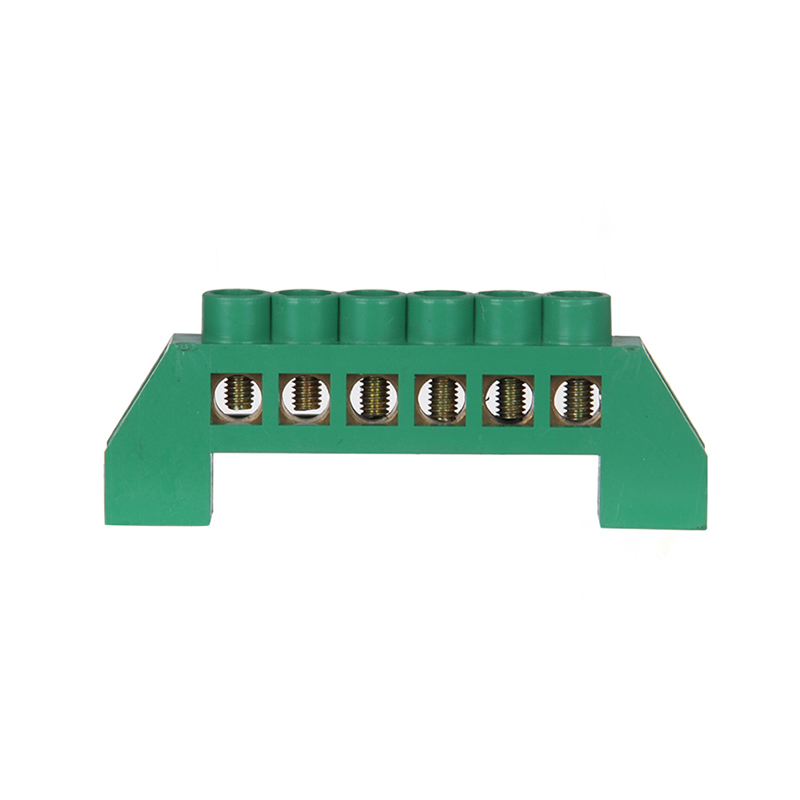Key features and functions of a terminal block
2023-10-18
A terminal block, also known as a terminal strip or connection block, is an electrical component used to connect and secure electrical wires or conductors together. Terminal blocks provide a convenient and organized way to terminate, connect, and distribute electrical circuits in various applications, including industrial control panels, electrical enclosures, and automation systems.
Here are the key features and functions of a terminal block:
1. Wire Termination: Terminal blocks are designed to hold and secure the ends of electrical wires or conductors. Wires are typically inserted into terminal block slots or clamps and secured in place by tightening screws, clamps, or spring-loaded mechanisms.
2. Multiple Connections: Terminal blocks come in various configurations, allowing multiple wires to be connected to a single block. Common configurations include single-level, double-level, and triple-level blocks with varying numbers of connection points.
3. Electrical Isolation: Many terminal blocks are designed to provide electrical isolation between connected wires or conductors. This isolation prevents electrical interference and ensures that electrical circuits do not unintentionally contact one another.
4. Labeling and Identification: Terminal blocks often have labeling options such as marker strips, labels, or designated spaces for wire identification. Proper labeling helps with circuit identification and troubleshooting.
5. Modularity: Some terminal blocks are modular, allowing users to snap together multiple blocks to create custom configurations or to accommodate additional connections as needed.
6. DIN Rail Mounting: Terminal blocks are often designed to be mounted on DIN rails, which are standard mounting rails used in control panels and electrical enclosures. DIN rail-mounted terminal blocks simplify installation and organization.
7. Variety of Connection Types: Terminal blocks support various connection types, including screw terminals, spring terminals (cage clamp or push-in), and insulation displacement connections (IDC). The choice of connection type depends on the application and user preferences.
8. High Current and Voltage Ratings: Terminal blocks are available with different current and voltage ratings to accommodate a wide range of electrical loads and applications.
9. Terminal Block Accessories: Various accessories, such as end covers, partition plates, and jumpers, are available to enhance the functionality and organization of terminal blocks.
Applications of terminal blocks include:
- Industrial Control Panels: Terminal blocks are commonly used in control panels to connect and distribute electrical signals to control devices, sensors, and actuators.
- Automation Systems: They are used in automation systems and machinery to connect and distribute signals between sensors, controllers, and other devices.
- Electrical Enclosures: Terminal blocks are installed in electrical enclosures to organize wiring connections for power distribution, signal transmission, and control.
- Building Wiring: In building wiring applications, terminal blocks can be used for connecting wires in electrical distribution panels and junction boxes.
Proper selection and installation of terminal blocks are essential to ensure reliable and safe electrical connections. Factors to consider when choosing a terminal block include the wire size, current and voltage requirements, environmental conditions, and the specific application's needs. Additionally, adherence to wiring standards and safety practices is crucial to prevent electrical hazards and ensure the integrity of electrical connections.



